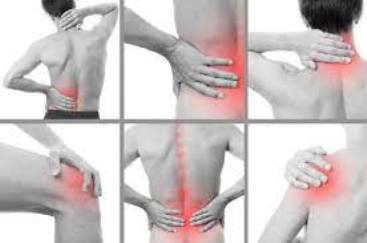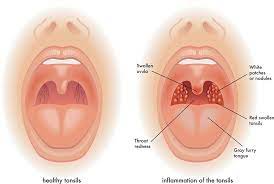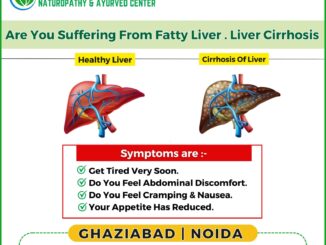
Musculoskeletal Health Issues:
Introduction:
The musculoskeletal system serves as the intricate framework supporting our bodies, encompassing bones, muscles, ligaments, tendons, and joints. When issues arise within this complex system, they can significantly impact mobility, comfort, and overall well-being. In this blog, we explore the common musculoskeletal issues people face, their causes, and effective strategies for managing and preventing them.
Understanding Musculoskeletal Issues:
Musculoskeletal issues encompass a wide range of conditions, including but not limited to arthritis, osteoporosis, back pain, and sports injuries. These issues can manifest as pain, stiffness, limited range of motion, or swelling, affecting daily activities and quality of life. Understanding the root causes of these problems is essential for effective management.
Causes and Risk Factors:
Musculoskeletal issues can arise from various factors, such as age, genetics, overuse or misuse of certain body parts, trauma, and underlying health conditions. Lifestyle factors like sedentary behavior, poor posture, and inadequate nutrition can also contribute. Recognizing and addressing these factors are crucial steps in both preventing and managing musculoskeletal problems.
Common Musculoskeletal Conditions:
Arthritis: A group of conditions involving joint inflammation, arthritis can cause pain, swelling, and reduced joint function. Osteoarthritis and rheumatoid arthritis are among the most prevalent forms.
Osteoporosis: Characterized by weakened bones, osteoporosis increases the risk of fractures. It often develops silently, making early detection and preventive measures vital.
Back Pain: A ubiquitous issue, back pain can result from various causes, including muscle strain, herniated discs, or spinal conditions. Poor posture and lack of core strength are common contributors.
Sports Injuries: Overuse, improper technique, and inadequate warm-up can lead to musculoskeletal injuries in athletes. Common injuries include sprains, strains, and stress fractures.
Effective Management and Prevention:
Exercise: Regular physical activity strengthens muscles, improves flexibility, and supports joint health. Engage in a balanced exercise routine that includes strength training, cardiovascular exercise, and flexibility exercises.
Healthy Lifestyle: Maintain a nutritious diet rich in calcium and vitamin D for bone health. Avoid prolonged periods of inactivity and prioritize good posture in daily activities.
Medical Intervention: In cases of chronic or severe musculoskeletal issues, seeking medical advice is crucial. Treatment options may include medications, physical therapy, or, in some cases, surgical intervention.
Preventive Measures: Embrace preventive measures such as ergonomic workspace design, proper body mechanics, and protective gear during physical activities to reduce the risk of musculoskeletal issues.
Conclusion:
Understanding and addressing musculoskeletal issues are vital components of maintaining overall health and well-being. By adopting a proactive approach, incorporating healthy lifestyle choices, and seeking timely intervention when needed, individuals can navigate the complexities of the musculoskeletal system and enjoy a life of improved mobility and comfort.




Be the first to comment